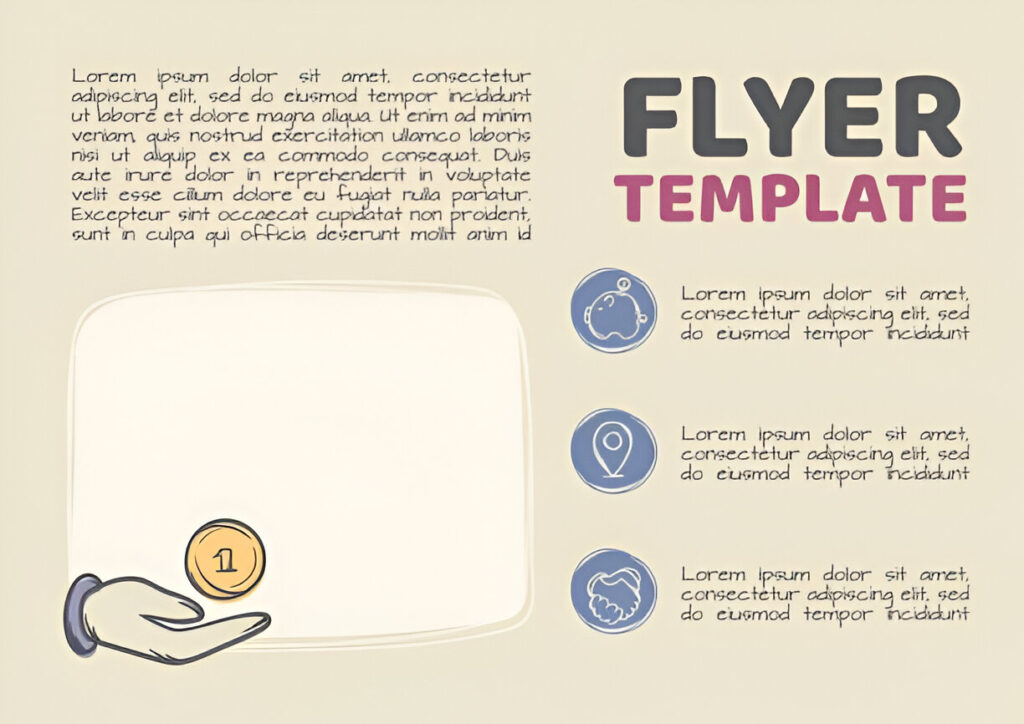Supporting charitable initiatives ensures that vital programs continue making an impact. Many organizations rely heavily on contributions to fund essential services, from providing meals to funding medical research. Without consistent financial backing, non-profits struggle to sustain their mission. Every contribution, big or small, is crucial in creating positive change.
When individuals donate to non profit organizations, they help bridge funding gaps and support long-term development. Some donors prefer giving a lump sum, while others opt for monthly or yearly contributions. Each approach offers distinct benefits, allowing organizations to effectively plan, expand, and maintain their efforts. Understanding these differences helps donors make informed decisions about their charitable impact.
The Power of One-Time Contributions
A single donation can provide immediate relief to organizations in urgent need. Many fundraising campaigns, disaster relief efforts, and special initiatives rely on significant contributions to meet short-term goals. This type of giving is particularly effective for emergencies, where a quick influx of funds helps address critical situations. It allows charities to respond swiftly, providing essential aid without delays or financial constraints.
One-time gifts also enable donors to support multiple causes throughout the year. Instead of committing to a single organization, they can spread their impact across different initiatives. These contributions are invaluable but do not always provide long-term financial stability. Many organizations experience fluctuations in funding, making it challenging to sustain year-round programs.
Why Recurring Donations Provide Stability
Consistent funding ensures that charitable programs remain operational without financial uncertainty. Monthly contributions allow organizations to plan, allocate resources effectively, and maintain a steady support flow. Unlike sporadic gifts, these contributions provide a predictable revenue stream that sustains long-term projects.
Recurring donors also strengthen their connection with the organizations they support. Knowing their contributions make a lasting impact encourages continued engagement. Over time, even small monthly gifts accumulate, providing significant financial backing. This model ensures charities can focus on growth rather than constant fundraising efforts.
How Organizations Use Different Funding Streams
Non-profits often rely on a mix of one-time and recurring gifts to achieve their mission. Significant contributions may fund capital projects, equipment purchases, or expansion efforts. In contrast, ongoing donations help cover operational expenses, staff salaries, and day-to-day program costs.
Organizations reduce their financial vulnerability by diversifying their funding sources. Some charities create membership programs, offering recurring donors exclusive updates and engagement opportunities. Others host annual fundraising drives to encourage both short-term and long-term support.
What Type of Giving Works Best for Donors?
Choosing between a one-time gift and ongoing support depends on personal circumstances. Some individuals prefer making significant contributions when financially comfortable, while others appreciate the convenience of automatic monthly donations. Both methods are vital in supporting meaningful causes.
For those wanting to maximize impact, recurring contributions ensure continuous support without financial strain. On the other hand, large, single gifts can make a difference in urgent or time-sensitive initiatives. Ultimately, every donation—regardless of frequency—helps charities fulfill their mission and serve needy communities.
The Long-Term Impact of Strategic Giving
A well-planned donation strategy benefits non-profits and donors by ensuring sustained long-term impact. Organizations can plan their initiatives with greater confidence when individuals or businesses commit to structured giving—whether through recurring contributions or strategically timed one-time gifts.
Strategic giving helps charities expand their reach, invest in long-term projects, and create sustainable solutions rather than short-term fixes. Consistent funding allows a non-profit to develop educational programs, build community infrastructure, or provide ongoing healthcare services rather than offering temporary relief. By aligning donations with a long-term vision, supporters help organizations drive meaningful, lasting change.
Deciding how to donate to non profit organization initiatives requires understanding how different contributions affect sustainability. Supporting a cause doesn’t always mean making large donations—consistent, small contributions increase over time. By choosing an approach that aligns with their financial preferences, donors ensure that charities continue making a lasting difference. Whether giving once or committing to ongoing support, every contribution fuels meaningful change.



